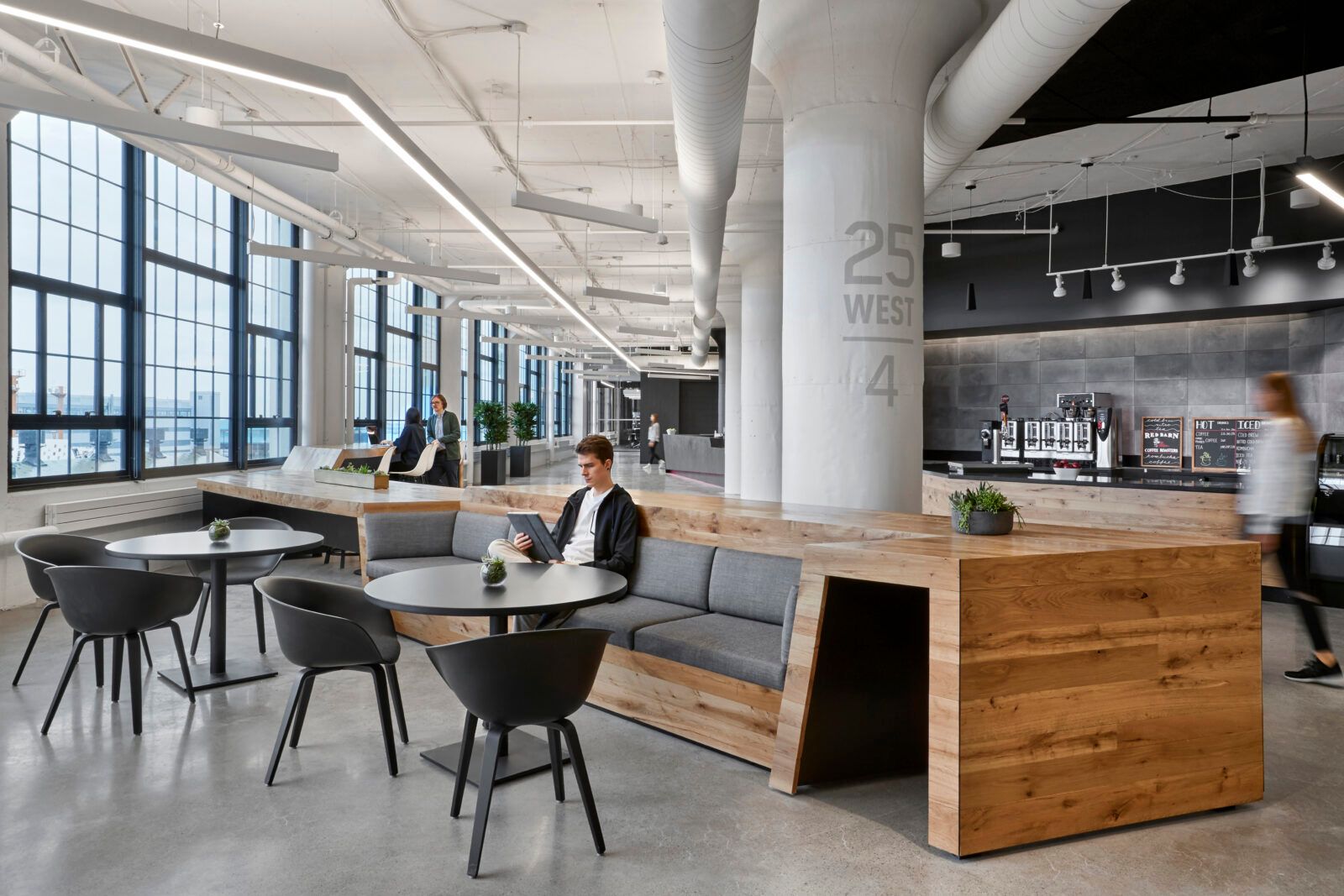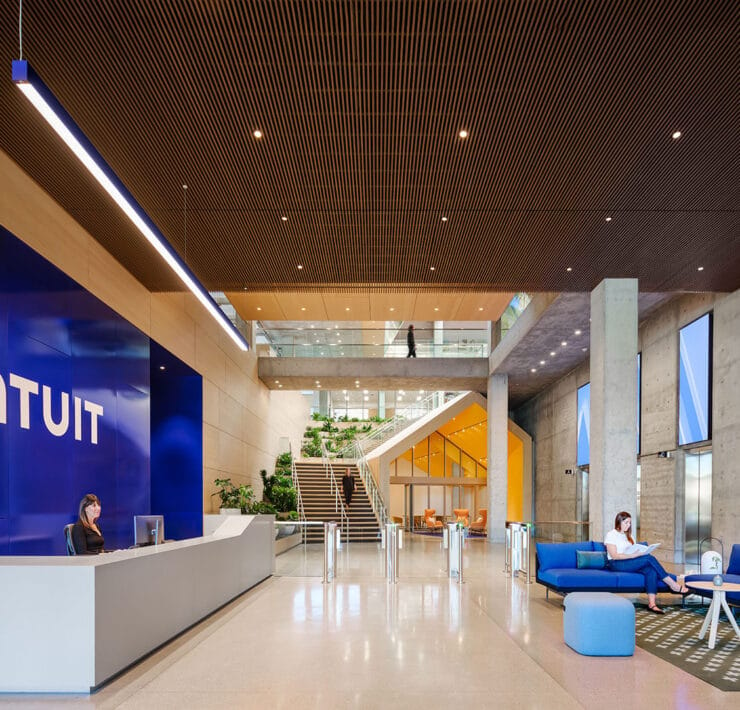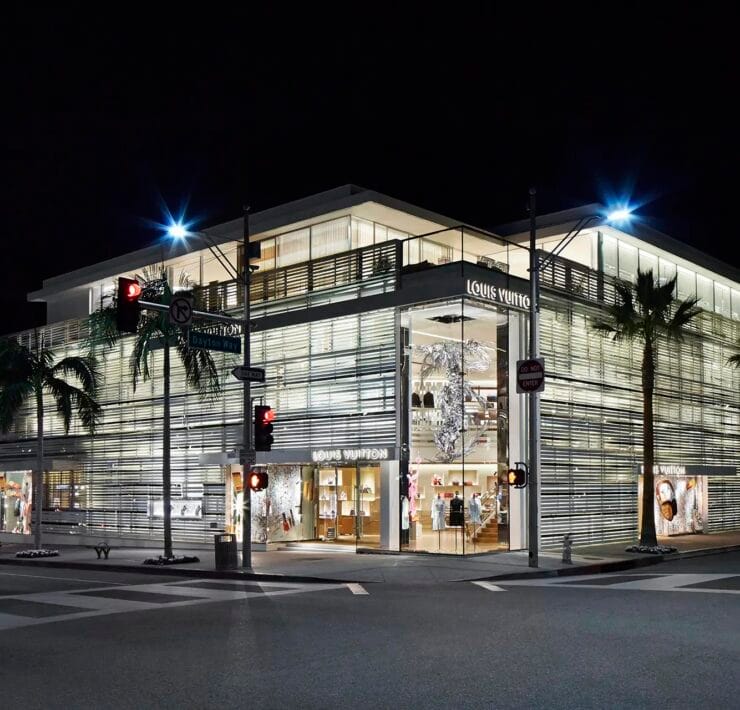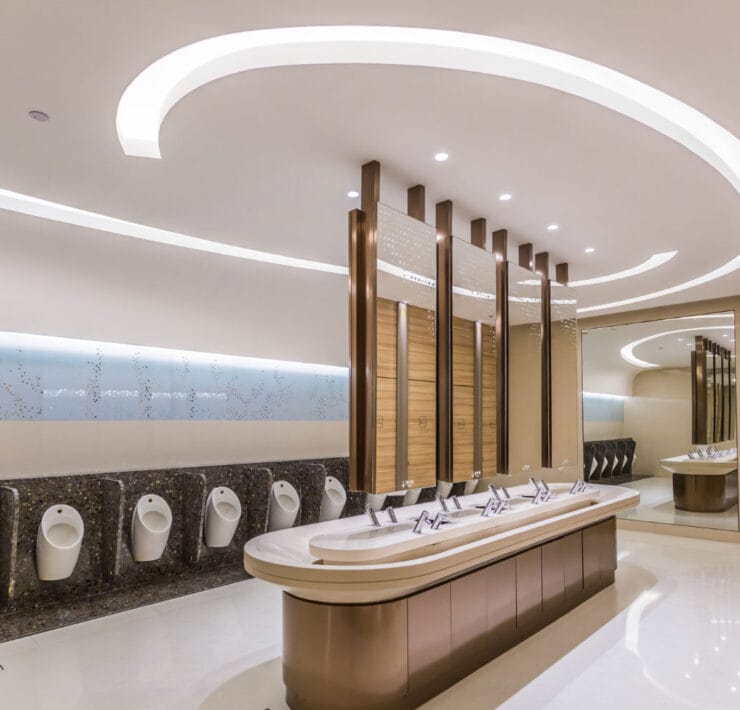New legislation aimed at achieving continued energy-efficient development includes an incentive for increased labor wages and other important data points for review. “Buildings are responsible for 40 percent of total energy use in the United States, including 75 percent of all electricity use and 35 percent of the nation’s carbon emissions.”[1] To encourage energy savings, the U.S. Internal Revenue Code Section 179D now offers owners and designers of energy-efficient buildings significant tax deductions for new construction and retrofitted buildings meeting certain energy criteria under the tax code. These tax deductions are also away for energy-saving renovations of depreciating properties to get immediate support.[2] This article outlines currently available opportunities for owners and designers of energy-efficient buildings that qualify for 179D, as well as gauging the impact of this program.
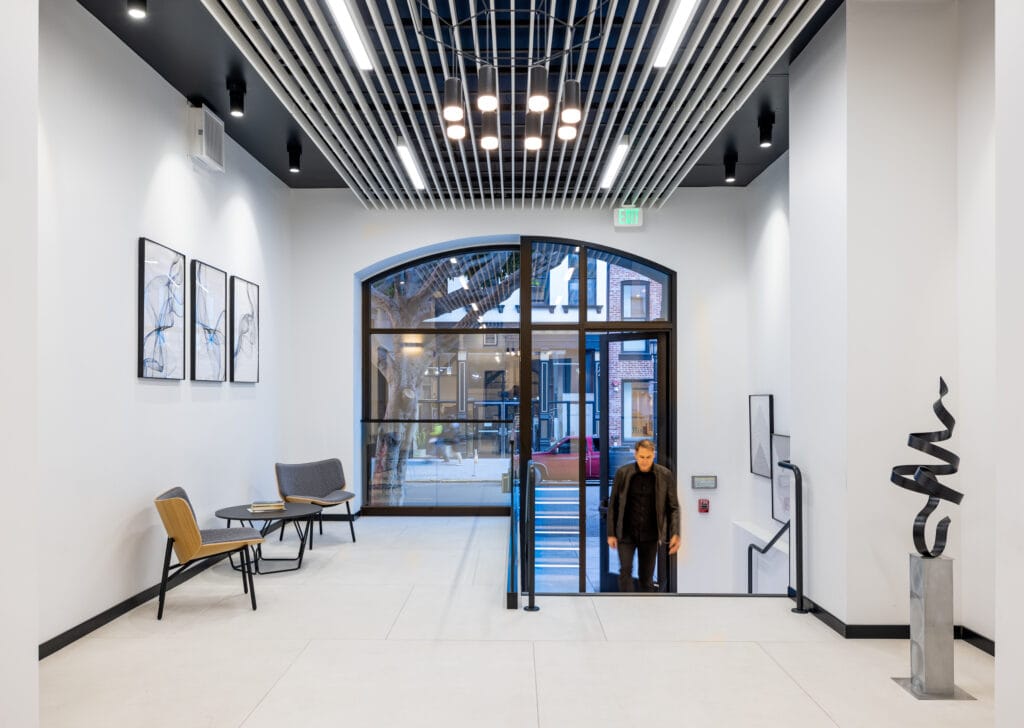
The Inflation Reduction Act
The intention behind 179D, which was implemented in 2006 through the Energy Policy Act of 2005, has been significantly expanded through the Inflation Reduction Act in 2022, making it easier for owners and designers of energy-efficient buildings to qualify for larger tax deductions. This program enables contributing architects, engineers, systems designers, contractors and energy consultants to be included as building designers. Owners and designers of commercial properties and multi-family residential buildings of four or more stories are also eligible for tax deductions. Other residential buildings that are not eligible for 179D may qualify for other tax deductions including IRS 179 and 45L.
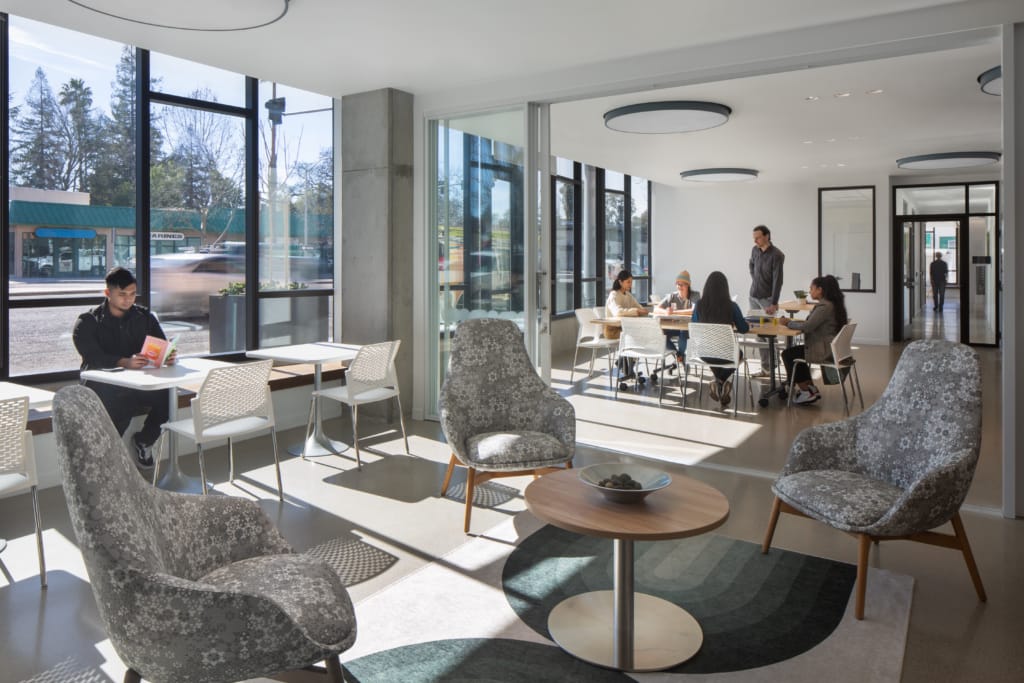
The Inflation Reduction Act’s changes to 179D are complicated and it’s always a good idea to consult a qualified tax adviser. For example, a 50 percent building energy savings (when compared to the energy standard of ASHRAE 90.1-2007) to receive $1.88 per square foot in tax deductions, which allowed partial deductions as well as deductions through individual building systems, gets a new standard.[3] Beginning in 2023, building energy systems must combine to reach a total of 25 to 50 percent savings to qualify for this program. From 2023 forward, 179D-eligible energy-efficient buildings qualify for up to $5 per square foot in tax deductions.[4] The increased deductions are made available for 179D through a new wage and apprenticeship bonus which incentivizes fair wages and apprenticeship, a purported goal of these new tax deductions. Making 179D permanent law, as well as developments through the Inflation Reduction Act, has been welcomed by certain industry professionals, such as KBKG Tax Credit Adviser, Lee Melbourne.
Building Systems Tax Deductions
The building systems that contribute to the energy savings of 179D include:
- Interior lighting (and its electrical systems)
- Heating, cooling, ventilation (HVAC), and hot water systems
- Building envelope (example: façade, walls, windows)
Each of these building systems plays an important role in overall building energy consumption. Historically, lighting technology has improved energy efficiency and LED lighting has been particularly effective since its introduction. “…LEDs in white light, general illumination applications are today’s most energy-efficient and rapidly-developing lighting technology. LEDs use up to 90 percent less energy and last up to 25 times longer than traditional incandescent bulbs.”[5] Using LED lighting, adaptive controls and modern electrical systems are simple methods of minimizing energy usage. Both active and passive heating, cooling, ventilation, hot water systems, heat pumps and smart technology management also directly contribute to energy savings. Similarly, building envelopes using highly insulative materials, glazing systems, roof designs and façade designs save additional energy costs.
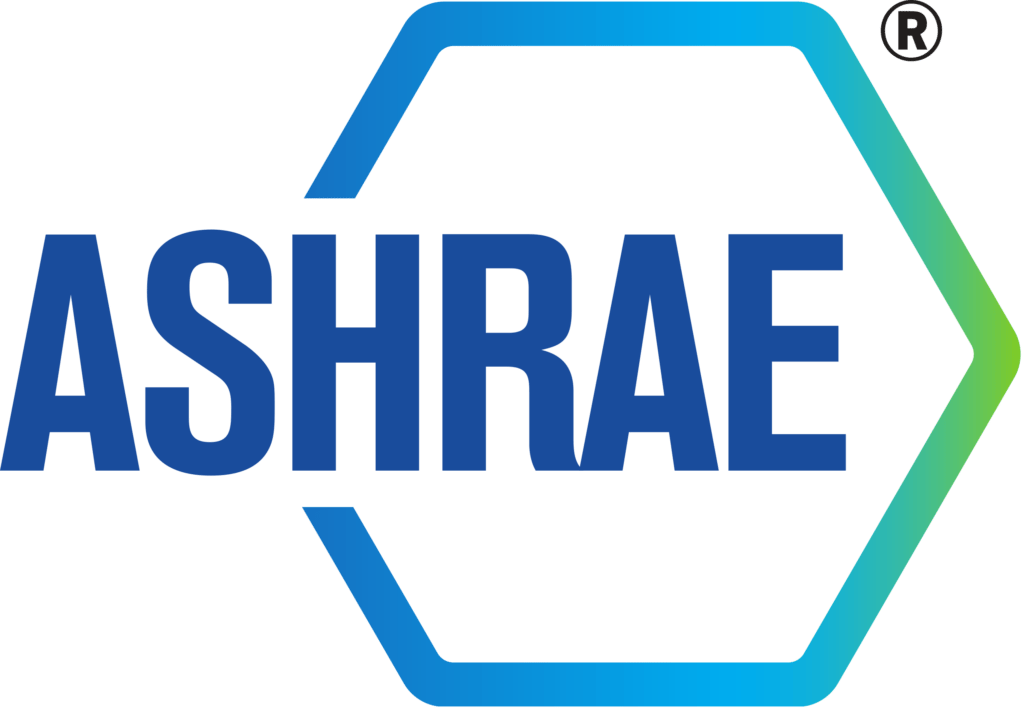
The American Society of Heating, Refrigerating and Air-Conditioning Engineers (ASHRAE) develops energy efficiency standards and building systems that apply to building energy regulations. ASHRAE’s existing standard 90.1-2007 is effective through 2026, and ASHRAE’s standard 90.1-2019 goes into effect after 2026. Given that LED lighting is not included in the ASHRAE 90.1-2007, using LEDs in new construction and retrofit building projects is an effective method of qualifying for 179D tax deductions. A combined average in building systems energy savings of 25 to 50 percent (in relation to ASHRAE 90.1) qualifies owners and designers to receive a range of tax deductions based on specific metrics as outlined below.
Meeting the prevailing wage and apprenticeship requirements allows the taxpayer to take maximum advantage of the tax deductions available for energy-efficient buildings. These deductions increase for each percentage point of energy savings you achieve above 25 percent (when compared to ASHRAE 90.1), with the maximum deduction available at 50 percent energy savings. Without meeting the wage and apprenticeship requirements, the energy-efficient building would receive $0.54 per square foot at 25 percent energy savings, with a maximum of $1.07 per square foot at 50 percent energy savings ($0.02 more per square foot for each additional percentage point). For buildings completed in 2023, by meeting the government’s wage and apprenticeship requirements, energy-efficient buildings receive $2.68 per square foot at 25 percent energy savings, with a maximum of $5.36 per square foot at 50 percent energy savings ( $0.11 more per square foot for each additional percentage point). Therefore, at the minimum 25 percent energy savings to qualify for these tax deductions, taxpayers qualify for $2.14 more per square foot in deductions by meeting wage and apprenticeship requirements.[3] Due to 179D’s inflation measure as part of its policy, the maximum deduction available from 2024 forward is increased to $5.65 per square foot and will continue to increase with inflation.
Program Specifics
The government’s new Registered Apprenticeship Program encourages training and fair wages for entry-level workers.

To qualify for 179D’s wage and apprenticeship requirements, if a project has four or more workers, at least one is required to be a registered apprentice. If construction begins in 2024 or later, at least 15 percent of the construction, alteration or repair work must be done by a qualified apprentice. Any worker on these projects designated to perform construction, alteration or repair work is required to be paid the minimum prevailing wage requirements of the local jurisdiction in order to qualify for the wage and apprenticeship bonus of 179D.
Making a timeline of qualifying energy-efficient building construction is important under the new tax rule. The Inflation Reduction Act (effective in 2023) allows retrofit buildings to be compared by their preceding annual energy use intensity, whereas, previously, retrofit projects had to reach the more ambitious 25 percent savings from ASHRAE’s standard. Retrofit projects with what the IRS regards as more than one energy savings improvement over time are also eligible to qualify for updated 179D tax deductions every five years, according to KBKG tax credit source Lee Melbourne. Commercial building owners can apply for the 179D tax deduction for buildings completed since 2006, though design professionals are eligible only for projects completed within the last three years of the building’s construction.
The building energy analysis for 179D must be done through a program from a list of energy calculation programs approved by the IRS, which a qualified third-party company may be able to assist in finding. Qualifying for these programs “takes some time and money, but means money in your pocket, and KBKG handles everything from start to finish,” says Melbourne.
In California, energy regulations are already more stringent through the Title 24 Building Standards Code, enabling the tax deductions of 179D to be automatically available for most new construction and retrofit projects in the state. Worker laws in California also make it easier for these projects to qualify for the wage and apprenticeship restrictions of 179D. Therefore, Melbourne advises, that working with qualified third-party tax credit companies to receive these 179D tax deductions is a simple way to receive maximum deductions for energy-efficient buildings in California.
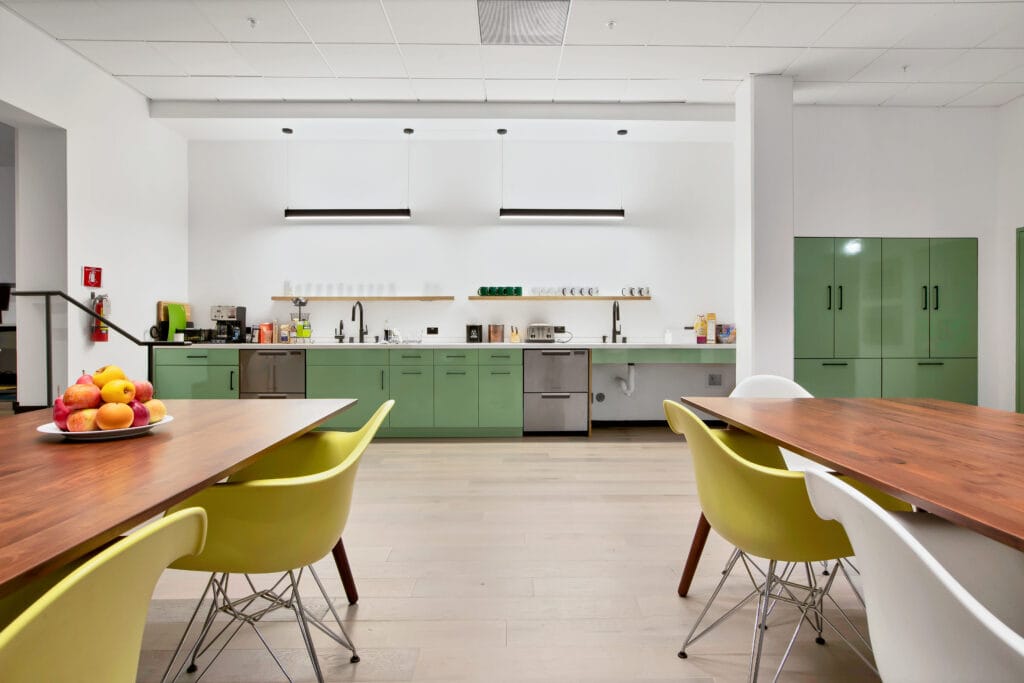
179D also incentivizes reduced energy use by permitting tax-exempt entities to allocate tax deductions to designers. Originally, designers were only eligible to receive allocated 179D tax deductions for government buildings, which has been expanded from 2023 on to include charitable organizations, churches, private schools and universities, Native American tribal governments, Alaska Native corporations and others. These additionally favored structures can have an impact on energy sustainability and savings through this tax program. For designers to receive tax deductions for government and tax-exempt projects with 179D, an allocation letter must be submitted by the owner. For both new construction and retrofits, KPKG’s Melbourne advises that owners can claim a tax deduction at any time, while designers are given three years for federal taxes (and four years for state tax in California) to claim deductions. Also, as these tax deductions take place as part of an accelerated depreciation write-off, building tenants contributing to renovations may also be eligible for these benefits.
A qualified tax professional can help building owners, designers and taxpayers learn if a new construction or retrofit project is eligible for the Internal Revenue Code’s new energy-efficient building and labor tax deductions. The expansion of 179D purports to benefit the environment and change building, energy and labor practices.
Sources:
[1] National Renewable Energy Laboratory. NREL Researchers Reveal How Buildings Across United States Do—and Could—Use Energy. 2023. [2] Energy Tax Savers. EPA 179D Permanently Extended. [3] The Tax Adviser. Recent changes to the Sec. 179D energy-efficient commercial buildings deduction. 2023. [4] KBKG. What is the EPAct 179D Tax Deduction? [5] Energy.gov. Energy Choices to Save You Money.Garrett Rock is a seasoned lighting designer based in San Francisco, California. He earned his bachelor's degree in Interior Design from the University of California, Davis, and a Master's in Architecture from the California College of the Arts. Throughout his career, Garrett has contributed to firms such as Architecture & Light, Banks Landl Lighting Design, Geddes Ulinskas Architects and WSP. He currently serves as a lighting design consultant for Alcon Lighting and a technical writer for Insights, where he specializes in keeping readers current on energy regulations and in human-centric lighting guides for healthcare settings, retail and other commercial applications.

